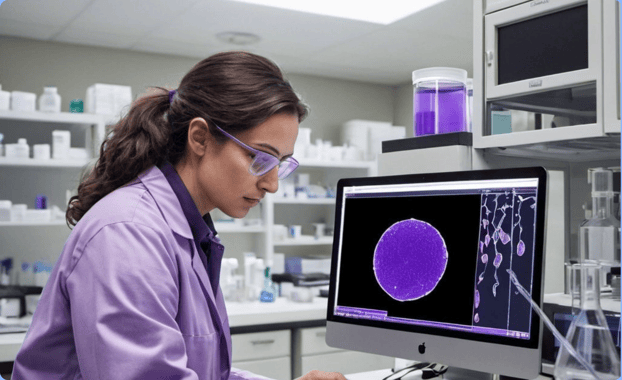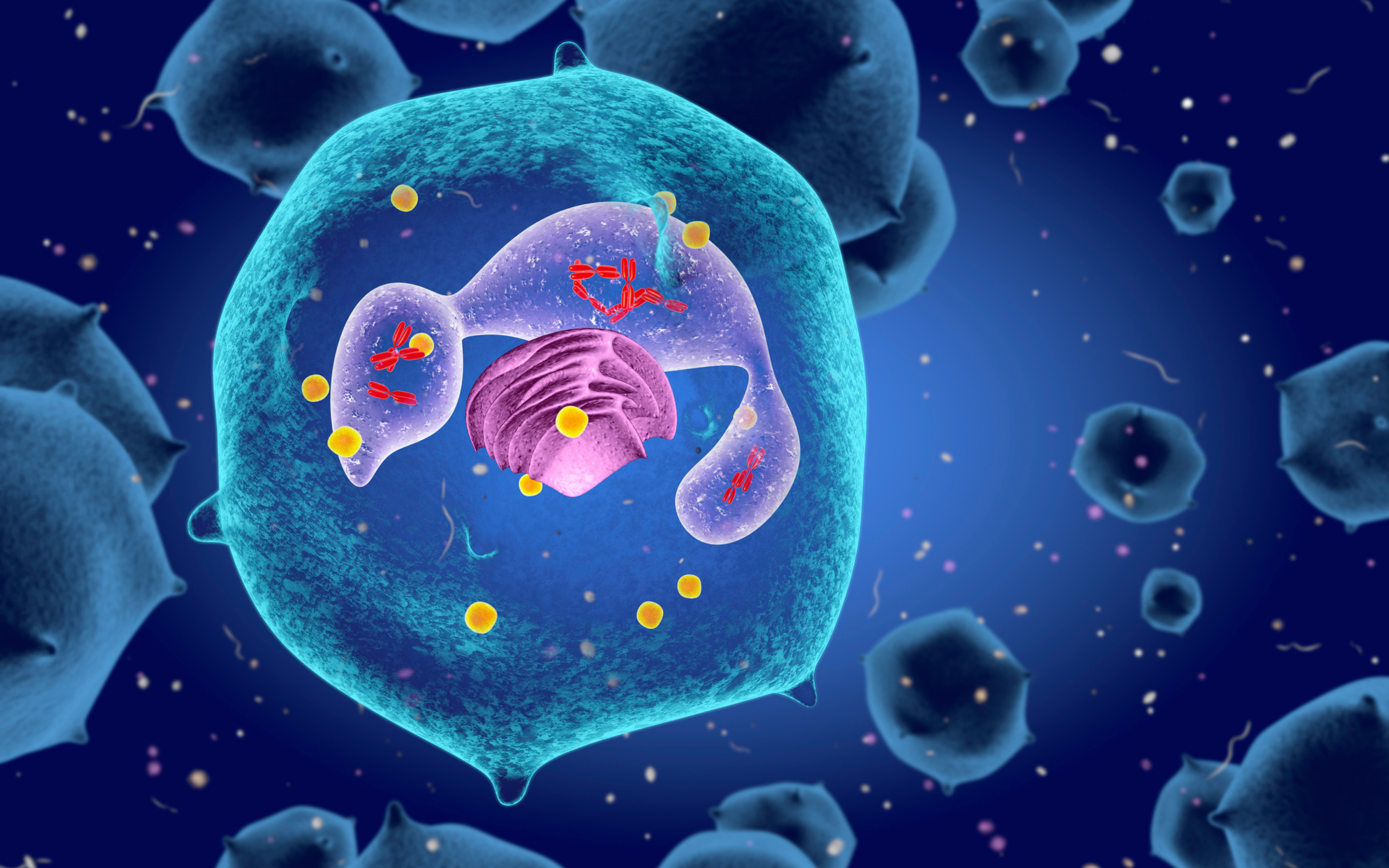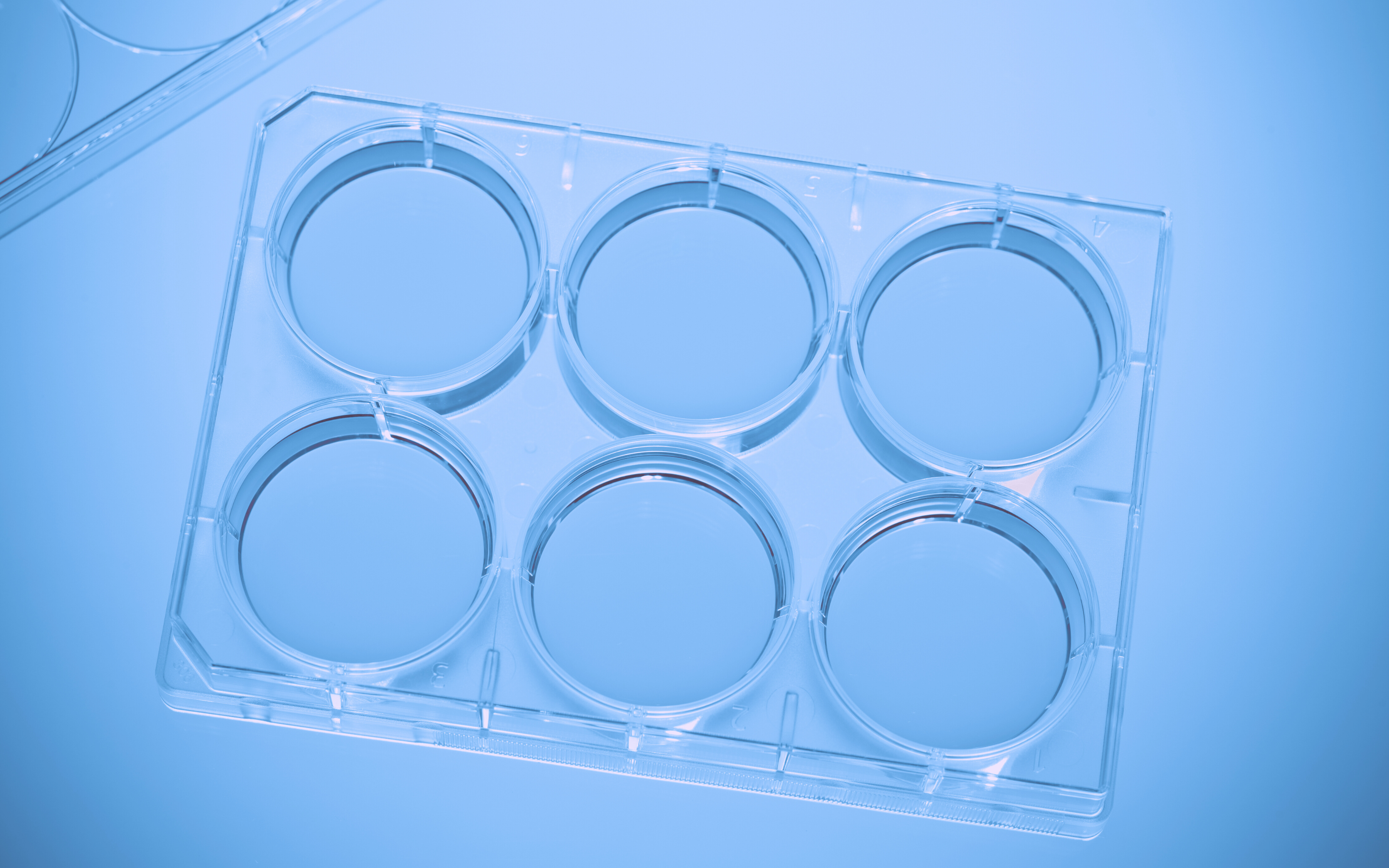Laboratory workflow automation is reshaping the way we manage cell line passages. In this blog, we delve into the synergy of datasets and integrated inventory modules and how this supports the successful tracking of cell line passages — a cornerstone of successful experiments.
The Fusion of Datasets and Inventory Modules
Thanks to advancing technology, it’s now possible for cell line passages to seamlessly connect to a central data hub, significantly benefitting biological research, biotechnology, and healthcare. This centralization of data allows researchers to access all relevant information from a single source, ensuring that everyone involved in the project has access to the most up-to-date information. By harnessing lab data integration, specifically integrated inventory modules and dynamic datasets, laboratory data management systems like Labguru) empower you to streamline your cell line management like never before.
Automated Passage Tracking
By automating your passage tracking, you can effortlessly log each cell line passage, capturing crucial information such as passage number, date, seeding density, and culture conditions. This ensures that your records are always up-to-date, accurate, and consistent.
Tracking passages is essential for maintaining the genetic stability of your cells, ensuring reproducibility across experiments. The passage number provides critical context about the cell's state, affecting proliferation rates, gene expression, and experimental outcomes.
With automated passage tracking, you're equipped with historical context. Knowing which passage you used in an experiment can influence your interpretation of results. Changes in behavior or characteristics over passages could impact your conclusions, making accurate passage information indispensable.
There are also other benefits to Laboratory workflow automation. Efficient passage tracking minimizes the risk of redundant passages. When you're aware of the exact passage used in a previous experiment, you avoid unnecessary repeats that can consume time, resources, and precious cell stocks.
Data Integrity and Collaboration
Integrated platforms prioritize data integrity and collaboration. Every passage logged is linked to the specific experiment it was used for. Collaborators can access this information using laboratory data management systems, fostering transparency and enabling informed decisions across the team.
Not only that, central hubs can enforce standardized data collection and recording practices, reducing errors and inconsistencies in data. This leads to higher data quality and improved reproducibility of experiments. Central hubs also often have robust security measures and data backup procedures in place, reducing the risk of data loss due to accidents, technical issues, or data breaches.
Therefore, automation doesn't just streamline processes—it elevates the quality of your research. Accurate passage records contribute to the reproducibility and reliability of your experiments, ultimately propelling your scientific journey forward.
Curious to learn more about how automated passage tracking can reshape your research?


%20(4).png)

